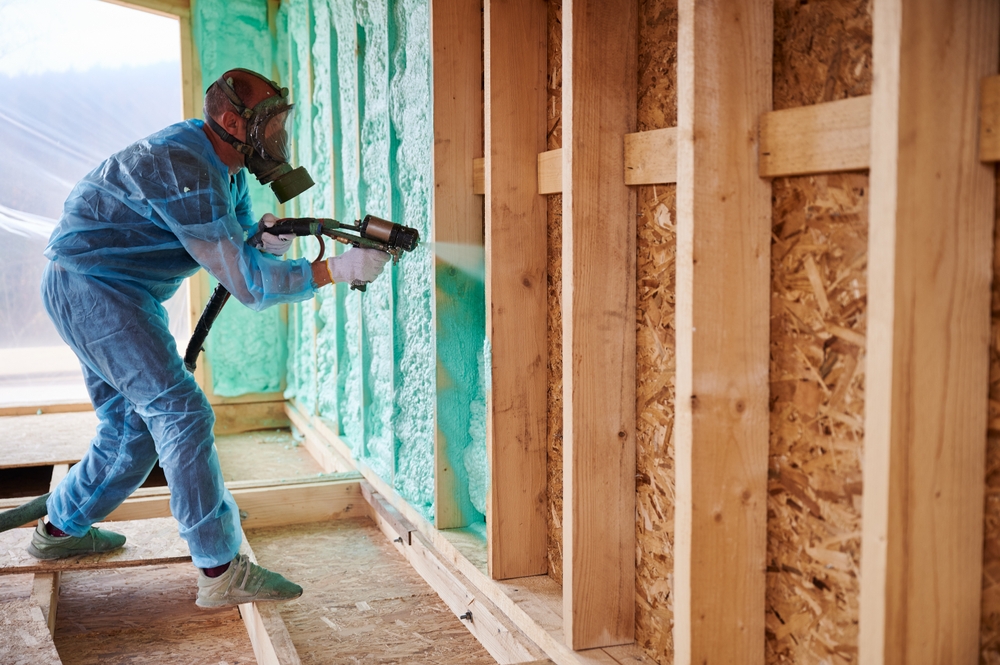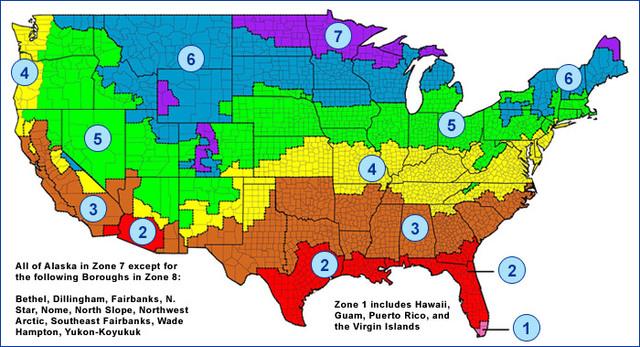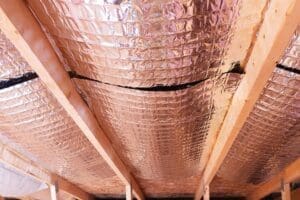
Every Wisconsin homeowner understands that energy costs are a major expense each and every month. The cold winter months force you to spend a small fortune on heating your home and it’s time that you put an end to that once and for all. One of the easiest ways to get your energy costs under control is by upgrading your home’s insulation. When deciding on the right type of insulation for your home, you’ll likely come across a term known as the R-value. In this blog, we’ll explain how insulation works, what the R-value is, how it’s calculated, and how to know if you’re selecting a product with effective insulating properties.
How Insulation Works
Before getting into R-values, it’s important to break down exactly how insulation works. Heat is transferred in one of three ways: through conduction, convection, or radiation. The primary purpose of your home’s insulation is to slow the conductive and convective heat flow. This means that heat will spread from warmer to cooler points in your house until the temperature is the same everywhere. Unfortunately, this includes uninsulated spaces so if your attic isn’t properly insulated, you will continually lose heat from the rest of your home as it spreads to warm the cooler attic space.
What Is R-value?
To determine the effectiveness of an insulating material, products are given an R-value to describe their thermal resistance. Simply put, the R in insulation R-value indicates the resistance of heat transfer through the insulation. The higher the R-value, the greater the thermal performance.
The R-value depends on the type of insulation, its thickness, and its density. The more resistant, the longer it takes for heat to flow out of the room through the insulation. A higher R-value will allow you to feel safe knowing that the material you’ve selected is better able to resist the transfer of heat through it, keeping more heat in or out of your home, depending on whether you are trying to heat or cool your home.
How Is R-Value Calculated?
R-value is calculated by using the following formula:
R-Value = (Temperature Difference x Area x Time) / Heat Loss
- Temperature Difference: the difference in temperature in degrees Fahrenheit between the outside and the interior room
- Area: the square footage of the room that stands between the inside and the outside
- Time: time elapsed (in hours)
- Heat loss: amount of heat lost through the insulation, expressed in BTUs
R-value is calculated per inch of width.
For example, the R-value of blown fiberglass installed in the attic is 2.2 per inch, so 12 inches of it would give you an R-value of 26.4 in your attic installation project.
One not to keep in mind is that it doesn’t matter how high your insulation’s R-value is if cold air is leaking through cracks and gaps. This can lessen the effectiveness of your insulation. Therefore, it is best practice to seal any cracks and gaps before insulating the space.
Another factor to consider is the environment you live in. Naturally, the colder your climate, the more insulation you’ll need. Here in Wisconsin, we live in zone 5 to 8. Below is a map of the climate zones in the US and an R-value chart by zone.


(Source: energystar.gov)
Let’s Get Started!
If you’re looking for the best local home improvement contractor for attic insulation services for your home, look no further than the experts at Keeney Home Services. We are an authorized franchisee of the nationally renowned Dr. Energy Saver network. Since 2009, our knowledgeable team members have utilized quality products to deliver the optimum experience for your home.
In addition, we specialize in helping you understand your home’s current energy efficiency, suggest repairs, and perform the work ourselves. In fact, we can help you understand R-value ratings and ensure that your new insulation will suit the needs you have for your Wisconsin home. We even specialize in a wide array of services aimed to lessen your home’s carbon footprint and save energy each and every month. This will allow you to receive the maximum energy and cost-saving results with the least amount of hassle.
If you think your Wisconsin home needs attic insulation to enhance the energy efficiency of your home, contact Keeney Home Services today. We will happily schedule an on-site consultation and free cost estimate at your earliest convenience.



